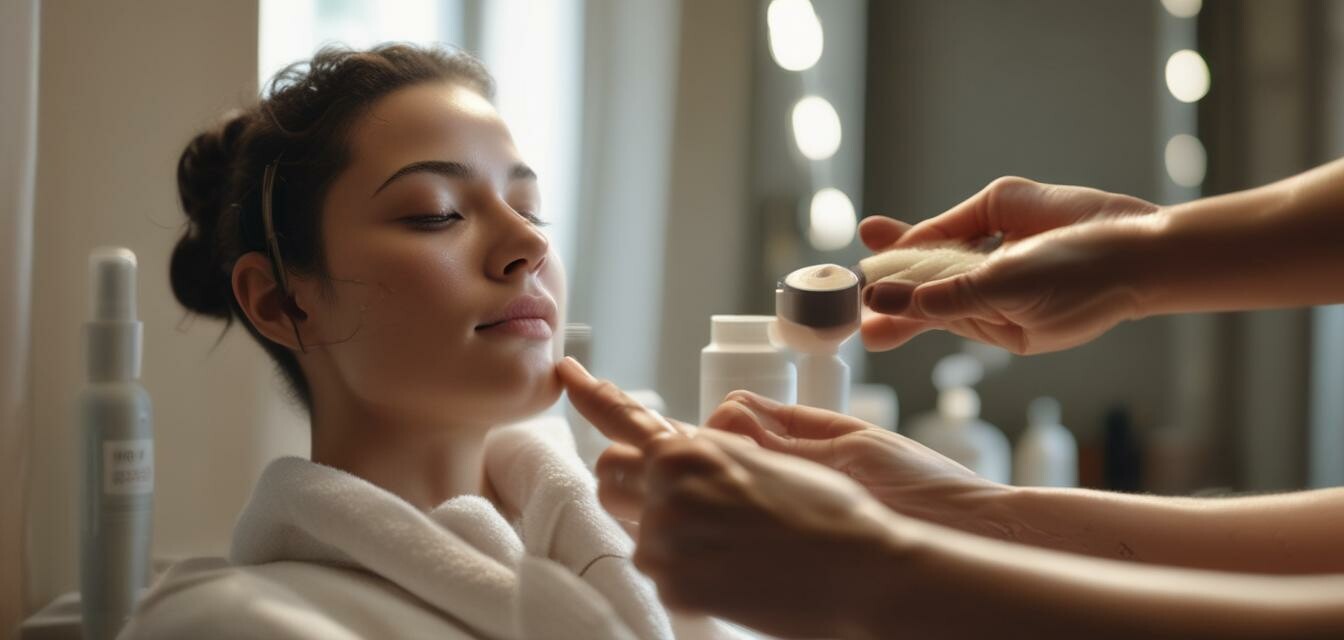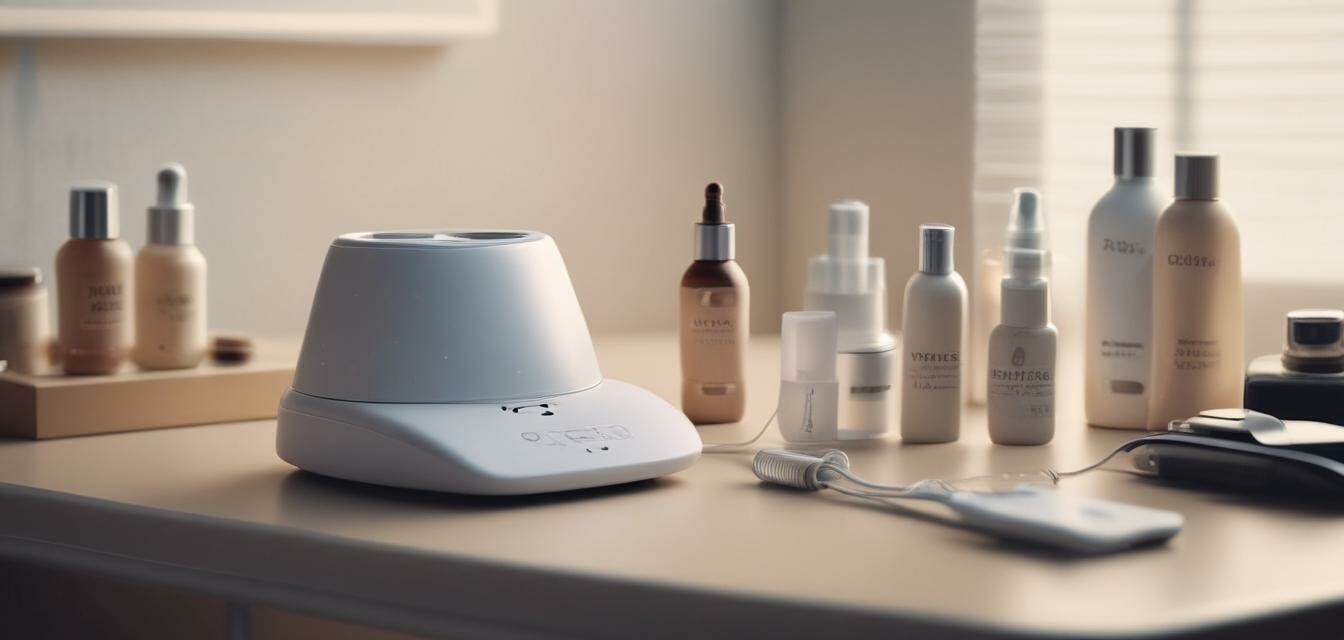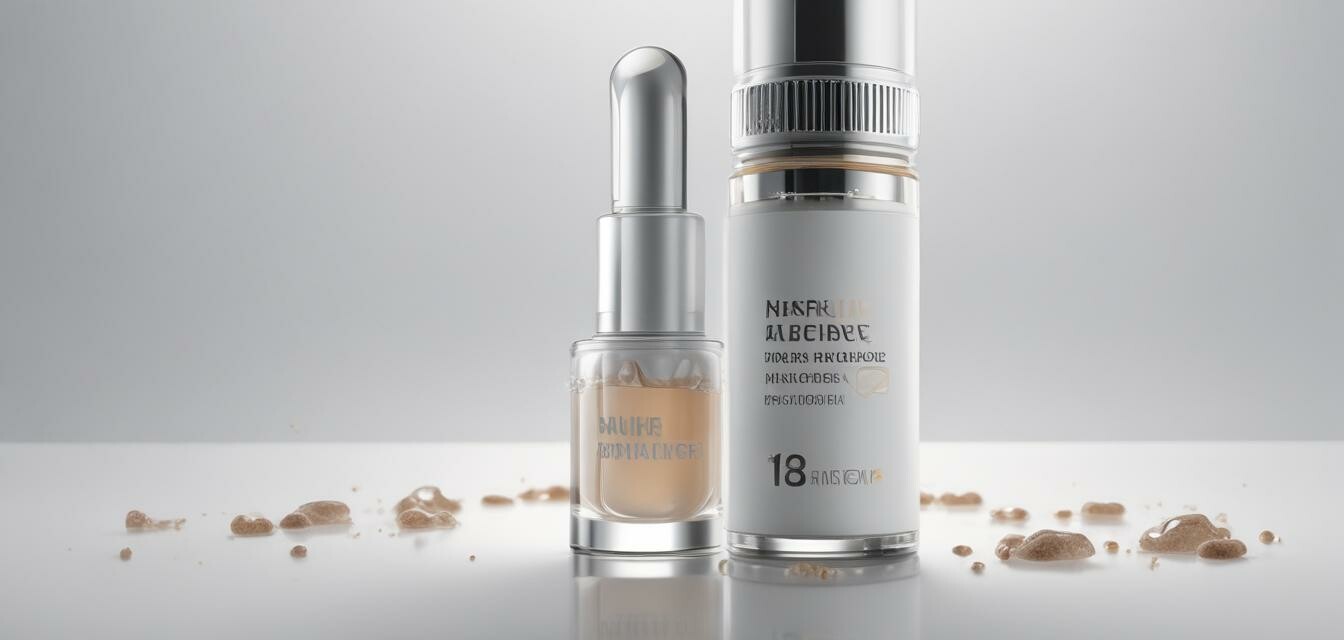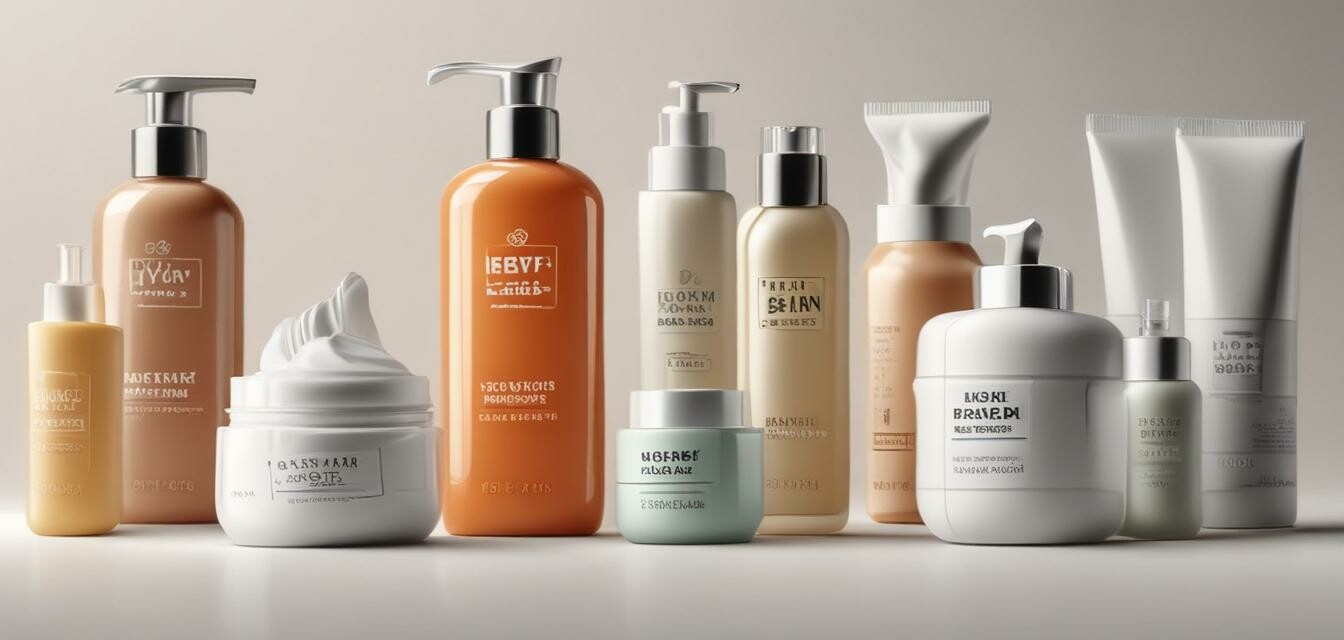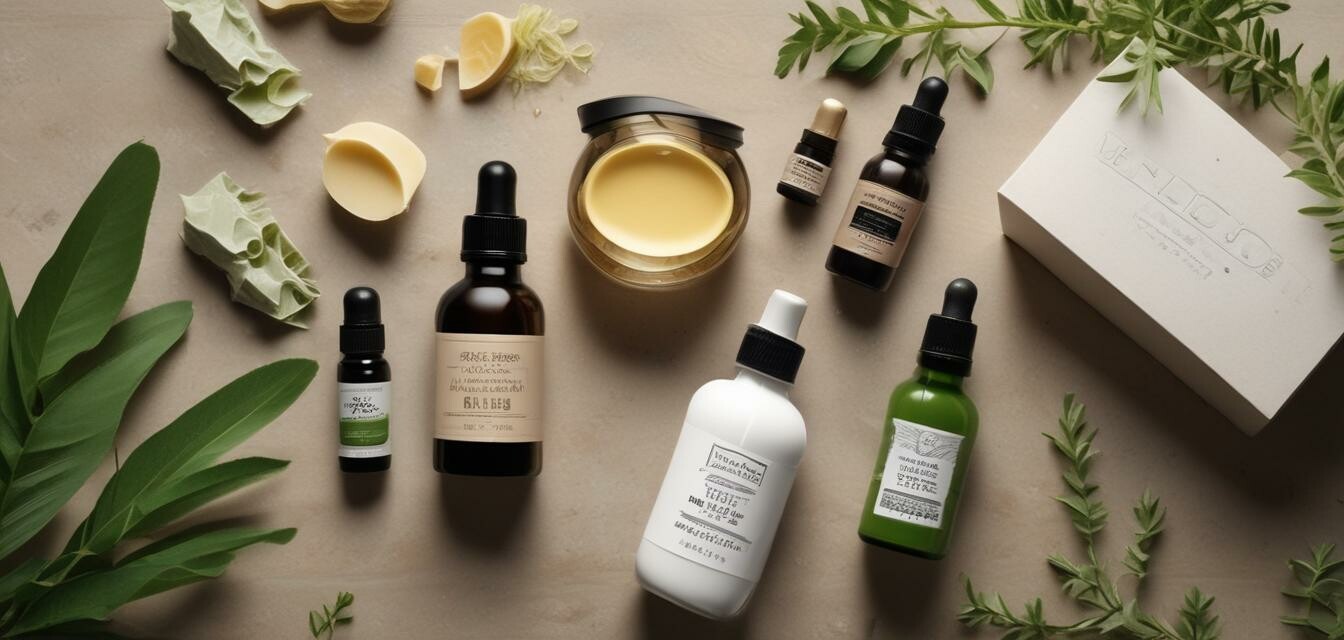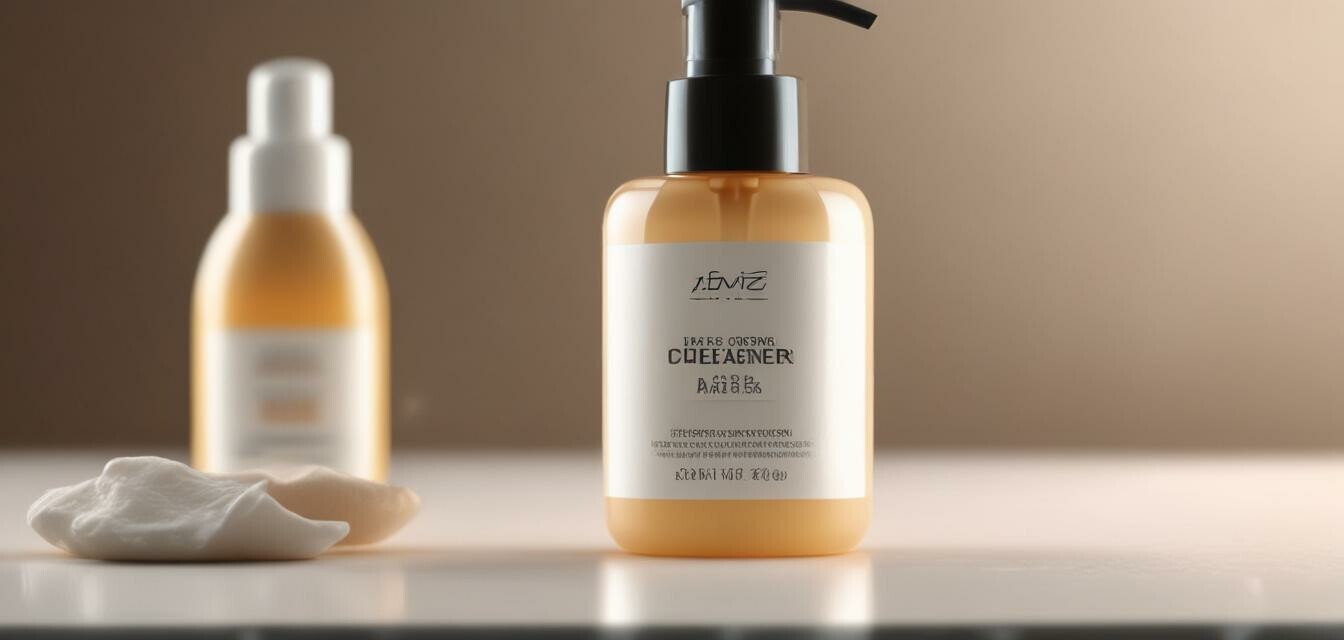
Face Cleansers: A Comprehensive Guide to Finding the Best for Your Skin
When it comes to skincare, using the right face cleanser is essential for achieving radiant, healthy-looking skin. With so many options available, it can be overwhelming to choose the best one for your skin type and concerns. In this guide, we'll break down the different types of face cleansers, their ingredients, and how to choose the perfect one for you.
Key Takeaways:
- Determine your skin type (normal, dry, oily, combination, or sensitive) to choose the right face cleanser.
- Look for ingredients that address your specific skin concerns (acne, aging, hyperpigmentation, etc.).
- Consider your skin's pH level and choose a cleanser that maintains or adjusts it accordingly.
- Don't forget to moisturize after cleansing for optimal skin health.
Types of Face Cleansers
Face cleansers come in various forms, each catering to different skin types and concerns. Here are some of the most common types:
| Cleanser Type | Description | Suitable For |
|---|---|---|
| Gel Cleansers | Water-based, lightweight, and non-comedogenic | Oily skin, acne-prone skin |
| Cream Cleansers | Rich, moisturizing, and gentle | Dry skin, sensitive skin |
| Foaming Cleansers | Rich lather, effective at removing dirt and makeup | Normal to oily skin |
| Oil Cleansers | Effective at removing makeup and sunscreen, gentle on skin | All skin types, especially those with heavy makeup use |
| Exfoliating Cleansers | Contains alpha-hydroxy acids (AHAs) or beta-hydroxy acids (BHAs) for gentle exfoliation | All skin types, especially those with blackheads or whiteheads |
Ingredients to Look For
When choosing a face cleanser, it's essential to pay attention to the ingredients. Here are some key ingredients to look for, depending on your skin concerns:
- Salicylic Acid: Effective in treating acne, blackheads, and whiteheads.
- Hyaluronic Acid: Hydrates and plumps the skin, reducing fine lines and wrinkles.
- Glycolic Acid: Exfoliates the skin, revealing brighter, smoother skin.
- Niacinamide: Improves skin elasticity, reduces inflammation, and hyperpigmentation.
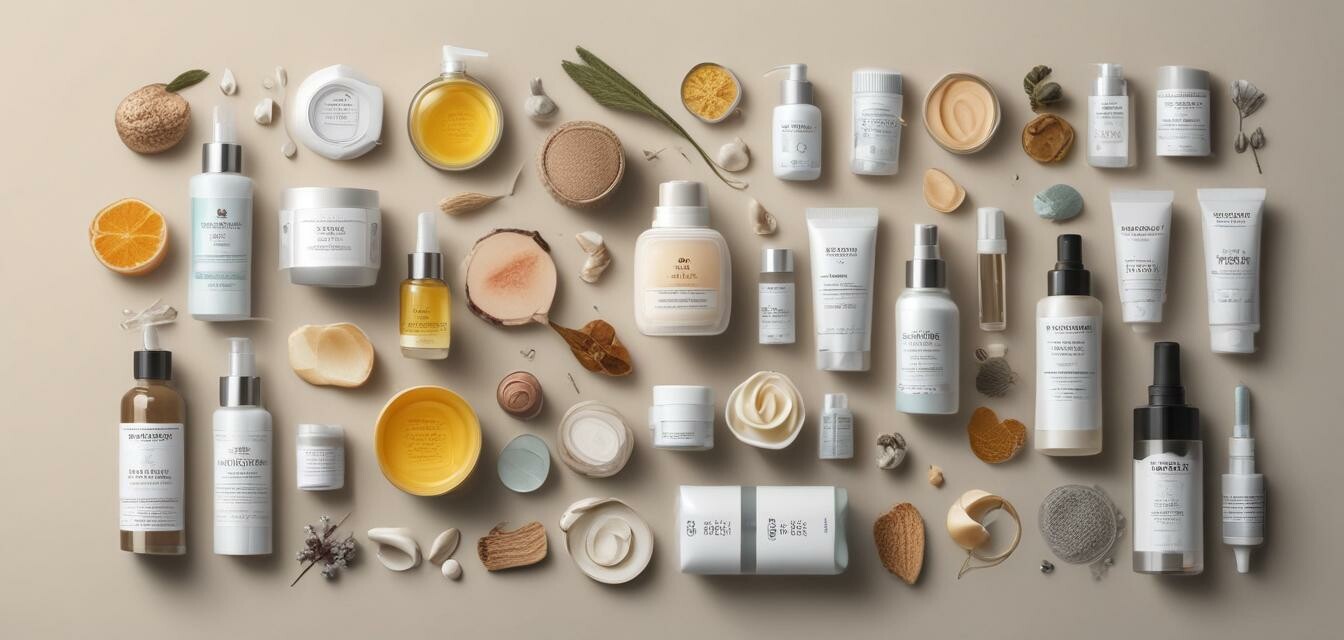
pH Level: The Key to Healthy Skin
Your skin's pH level plays a crucial role in maintaining healthy skin. Most face cleansers have a pH level between 5.5 and 6.5, which is close to the skin's natural pH level. However, some cleansers can be too alkaline or acidic, disrupting the skin's natural barrier. When choosing a cleanser, ensure it's pH-balanced or formulated for your skin type.
Moisturizing: The Final Step
After cleansing, it's essential to moisturize to lock in hydration and protect your skin. Choose a moisturizer that complements your skin type and concerns, and apply it within three minutes of cleansing for optimal absorption.

Conclusion
Choosing the right face cleanser can be a daunting task, but by understanding your skin type, concerns, and the ingredients that address them, you can find the perfect cleanser for radiant, healthy-looking skin. Remember to moisturize after cleansing and maintain a consistent skincare routine for optimal results.
Pros
- Effective in removing dirt, makeup, and impurities
- Can help address specific skin concerns (acne, aging, etc.)
- Available in various forms (gel, cream, foam, oil) to suit different skin types
Cons
- Can strip the skin of its natural oils if not formulated correctly
- May contain harsh ingredients that irritate the skin
- May not be suitable for sensitive skin or certain skin conditions
Ready to start your skincare journey? Explore our reviews and comparisons of the best face cleansers for different skin types and concerns. Don't forget to check out our guides on exfoliators, moisturizers, and serums to complete your skincare routine.
